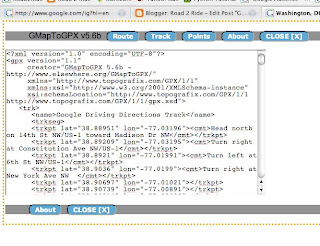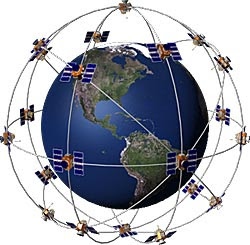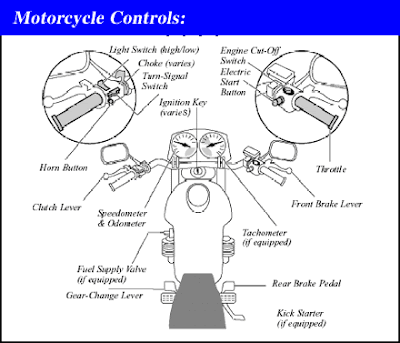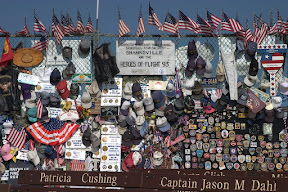I've been asked about the bikes we ride. Here's a short history:
I thought I knew a little era:

In the mid 60's, my first two wheeled vehicle was a lawn-mower powered minibikes. It had a rigid frame, centrifugal clutch, no gears, and essentially no brakes. I rode it 'til it died. But the imprinting had been done and there was no turning back on 2-wheels.

I soon graduated to a Honda 50cc MiniTrail. Again a minibike but with larger tires and a 4 speed transmission. Still a centrifugal clutch that simply required twisting the throttle closed before making a shift--a good learning bed for the mechanics of a proper motorcycle. Alas, this bike had too many close encounters with tall leafy plants with strong trunks.

The last of these small bikes was the Honda SR70 Trail. This was the first non "minibike" motorcycle I rode. Like it's smaller brother, it had a 4-speed transmission with centrifugal clutch. I don't remember what happened to this bike.
I thought I knew it all era:

The Kawasaki KE100 100-cc trail bike was the first technically street legal motorcycle I rode. But I was still several years from getting a driver's license and so all of the things that made this bike street legal were removed (lights, etc.). This bike led an exclusive life in the dirt eventually becoming my motocross race bike. I did quite well in the 100-cc class for a couple of seasons. Alas, the motor ultimately blew up on this bike.

Being without a motorcycle wouldn't do so I got a Kawasaki F7 175-cc dirt bike. The additional 75-cc engine size made this bike a real screamer in the dirt as compared to the KE. Like the 100, it was denuded of lights and other non-essentials and rode with reckless abandon through the woods and over the hills. After several years, when I finally got my driver's license with motorcycle endorsement, this was the 2nd motorcycle I rode on the street (see below).

Though technically a trail bike, the Kawasaki F8 250-cc was too heavy for the dirt--at least for a scrawny kid (yes, there was once a time when it was correct to describe me as scrawny). The F8 was my "first car"--my first fully licensed street vehicle. I rode it on nearly any paved street within a 100-mile radius of my house. Being too broke to buy new tires when they wore out, I reassembled my F7 175 (which by that time, had been dismantled and was in boxes) and rode it on the street until its tires also wore out.

My first real street going motorcycle was a Honda 750 Nighthawk in the early 80s. This bike is among a class of bikes known as the
UJM. I took many long rides on this bike. At that time, a "long ride" was defined as a ride sufficiently long that when I dismounted, I could barely walk. This bike was the first of my ride-through-the-winter bikes. Unfortunately, since it was also during my "I know everything" period, I rode without the benefit of winter motorcycle riding gear. It's a wonder I survived.
In spring 1985, the morning after a rain, I was leaned over in a turn at speed when I came up on a relatively large water puddle in the middle of the road. Before I knew it, I was sliding across the pavement trying to remember if a car was behind me. I watched my bike slide past me (it had more momentum than me) and have a close encounter with a tree. I was stopped in the ditch on the side of the road and didn't hit anything particularly solid. After some moments, I got up, picked my bike up, and rode on to work with bent handle bars, broken bike bits, and small pebbles ground into my legs and shoulders. I ultimately replaced the broken parts, but life started to impose other pressures not the least of which was a move from southern to northern VA. My Nighthawk stayed home in my parents garage where it stayed for nearly 10-years before being sold.
I realized I didn't know squat era:

After a 10 year hiatus, I decided in 1996 to get back into motorcycling. I mused of purchasing a Harley and made a good faith effort at several local Harley dealers to give them my money. However, this was the heyday of Harley when they sold everything they made and 18-month waits with $1000 deposits were the norm. This struck me as unAmerican. I went to the Honda dealership and rode off with their American Classic Edition Shadow--an unabashed Harley clone.

Alas, the ACE was too much of a Harley clone in that it didn't have much giddy up. The next year, I traded it for the brand new 1997 Honda Valkyrie. Fitted with Honda's trademark 6-cylinder horizontally opposed engine hopped up to include 6 carburetors, the Valkyrie had all of the giddy up I needed. Maybe a bit too much as I quickly became a collector of speeding tickets with its concomitant collection of increased insurance premiums. This bike is a masterpiece. In March 2004, I turned 100,000 miles returning from that year's Daytona Bikeweek.

For a short time in 2000, my son & I shared saddle duty on this
Kawasaki EX500 Ninja. Though technically a "beginner's bike", this motorcycle is a blast to ride even for seasoned riders. My only complaint was the sport bike riding position was hard on a non-sport bike body...I ultimately sold it. Sigh.

In August 2004, as a "gift to self", I purchased the Ducati Multistrada--the Ducati for guys too creaky to ride laid down on a sport bike but too deluded to admit they don't need an Italian bike. Admittedly, this bike is the most fun 2-wheeler I own. (I still have the Valkyrie though :)
(Note: The flames are gone. There were put there as a joke. Don't flame me for defacing a Ducati.)
The Present, I'm learning something new, era:

At Bikeweek in 2005, my wife purchased a Honda Goldwing Trike fitted with the
California SideCar conversion kit installed by
Trikes by Tony. Concerned with balancing a 2-wheeler, my wife took to three wheels like a fish to water. The 2001 trike had about 10,000 miles when she bought it. Today she's clocked nearly 35,000 miles. She has ridden all around the northern, western, and southern areas of VA. She's ridden to many places in West Virginia as well as Maryland, Ohio, Kentucky, Tennessee, and Missouri. During her first summer with it she took a trip up to Lake George to attend the
Americade Motorcycle Rally. This last summer, we took a 3000-mile, 13-day ride to the Ozarks. (A subject of a subsequent posting.)
A trike is not a motorcycle. But it is no less fun. A trike with the high performance of the Honda 1800-cc Goldwing engine makes for excitement all of its own.


































